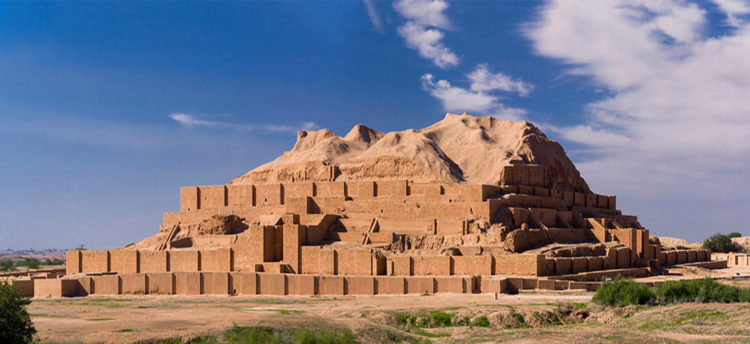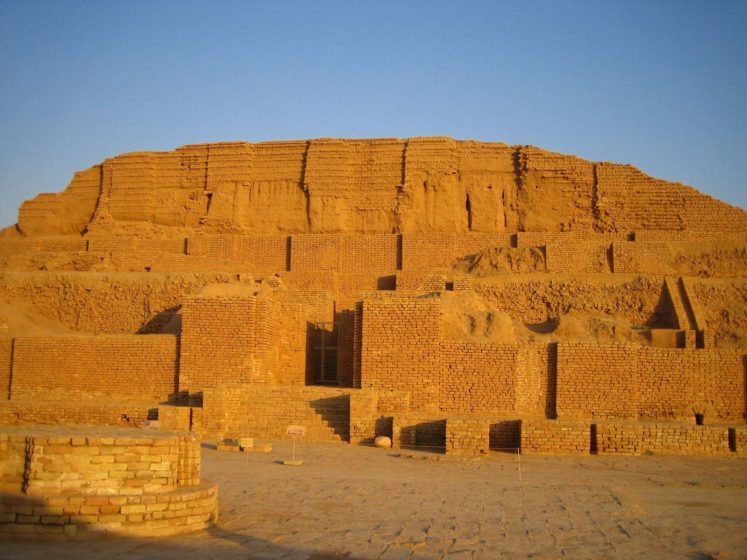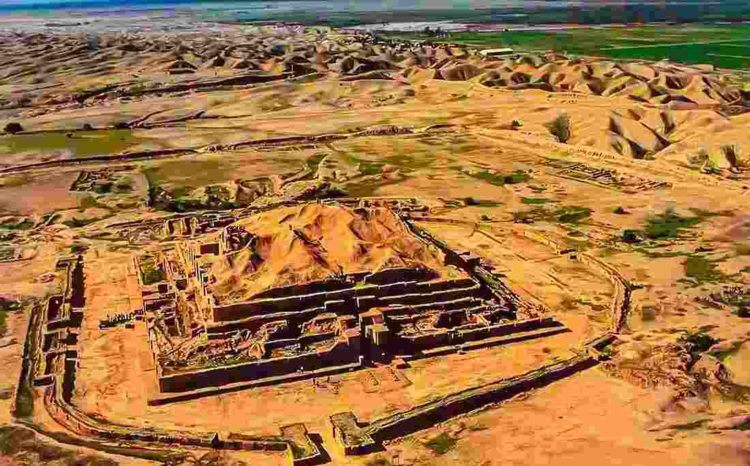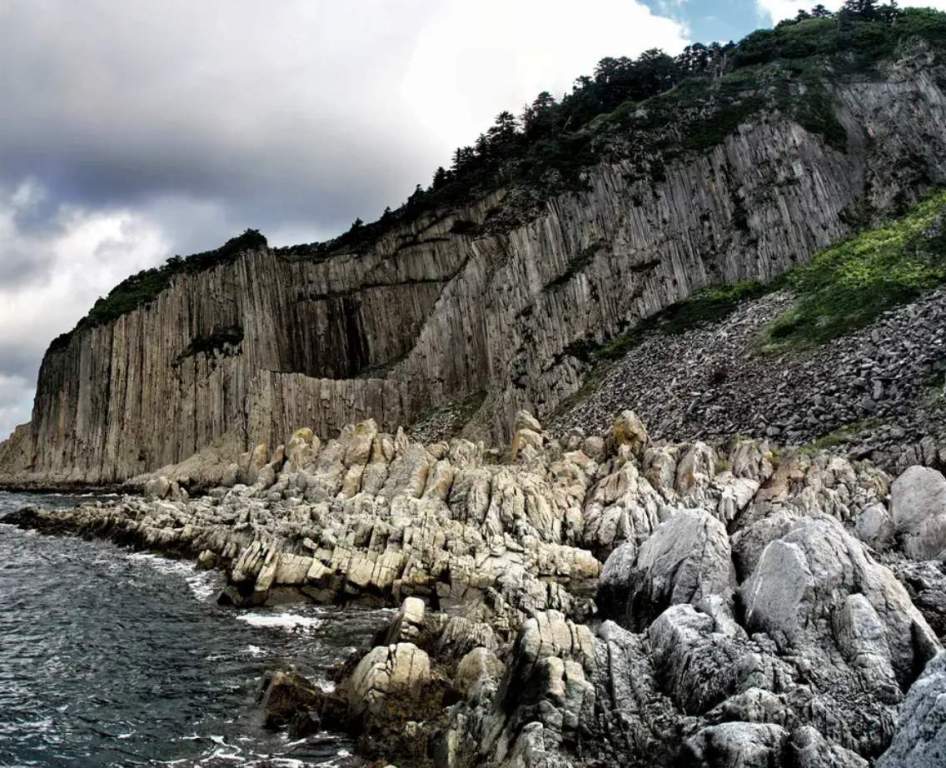Chogha Zanbil is an ancient Elamite complex in the Khuzestan province of Iran that lies 30 Km southeast of Susa and 80km north of Ahvaz. It is one of the few existent ziggurats outside of Mesopotamia. The Elamite name of this structure is Ziggurat to build on a raised area. The ziggurat is arguably the most distinctive architectural feature of the Mesopotamian civilization.
However, some of these structures have been found to exist outside the area once occupied by this ancient civilization. During ancient times, Chogha Zanbil was known as Dur Untaš, and may have been a sacred city of the Elamite Kingdom. Dur Untash is the combination of Elamite Dur and Untash the Elamite king who build it, however, this structure is known by its new Persian name nowadays “Chogha Zanbil” that has given to it Chogha in Bakhtiari means “hill”.
The ziggurat is considered to be the best-preserved example of the stepped pyramidal monument by UNESCO. In 1979, Chogha Zanbil means “basket mound” became the first Iranian site to be inscribed on the UNESCO World Heritage List. For a long time, the place was unknown to the outside world, but the ziggurat was accidentally discovered in 1935 by British Petroleum during an oil search project.
From 1951 to 1961 Choga Zanbil was excavated six times for petroleum exploration due to increased global demand threatening the foundations of the site, as numerous seismic tests have been undertaken to discover reserves of petroleum. Digging for oil has been undertaken as close as 300 meters away from the ziggurat. It is believed that the ziggurat was built in two stages.
It took its multi-layered form in the second phase. Many interesting ancient artifacts were discovered at the site. Among them are several bull sculptures of Inshushinak. Archaeologists also uncovered a collection of Middle Elamite cylinder seals
The main building materials in Chogha Zanbil were mud bricks and occasionally baked bricks. The monuments were decorated with glazed baked bricks, gypsum, and ornaments of faïence and glass. Moreover, the most important buildings adorned with thousands of baked bricks bearing inscriptions with Elamite cuneiform characters were all inscribed by hand.
Glazed terracotta statues such as bulls and winged griffins guarded the entrances to the ziggurat. Choghā Zanbīl, also spelled Tchoghā Zanbīl, or Choga Zambil, is affected by heavy rainfalls on the mud-brick outer walls and temples of the complex, despite the application of protective coverings. In the mid-1990s, it was noted that the brick walls of the ziggurat had shifted slightly, raising concerns about future structural damage.
Choga Zanbil was built about 1250 BC by king Untash-Napirisha. The complex is protected by three concentric walls which define the main areas of the ‘town’. The inner area is exclusively taken up with a great ziggurat which was built over an earlier square temple with storage rooms also built by Untash-Napirisha.
However, the middle area holds eleven temples and it was believed that 22 temples were originally planned, but the king died before they could be finished, and his successors discontinued the building work. In the outer area are royal palaces, a funerary palace containing five subterranean royal tombs. Although construction in the city abruptly ended after Untash-Napirisha’s death, the site was not abandoned but continued to be occupied until it was destroyed by the Assyrian king Ashurbanipal in 640 BC.













